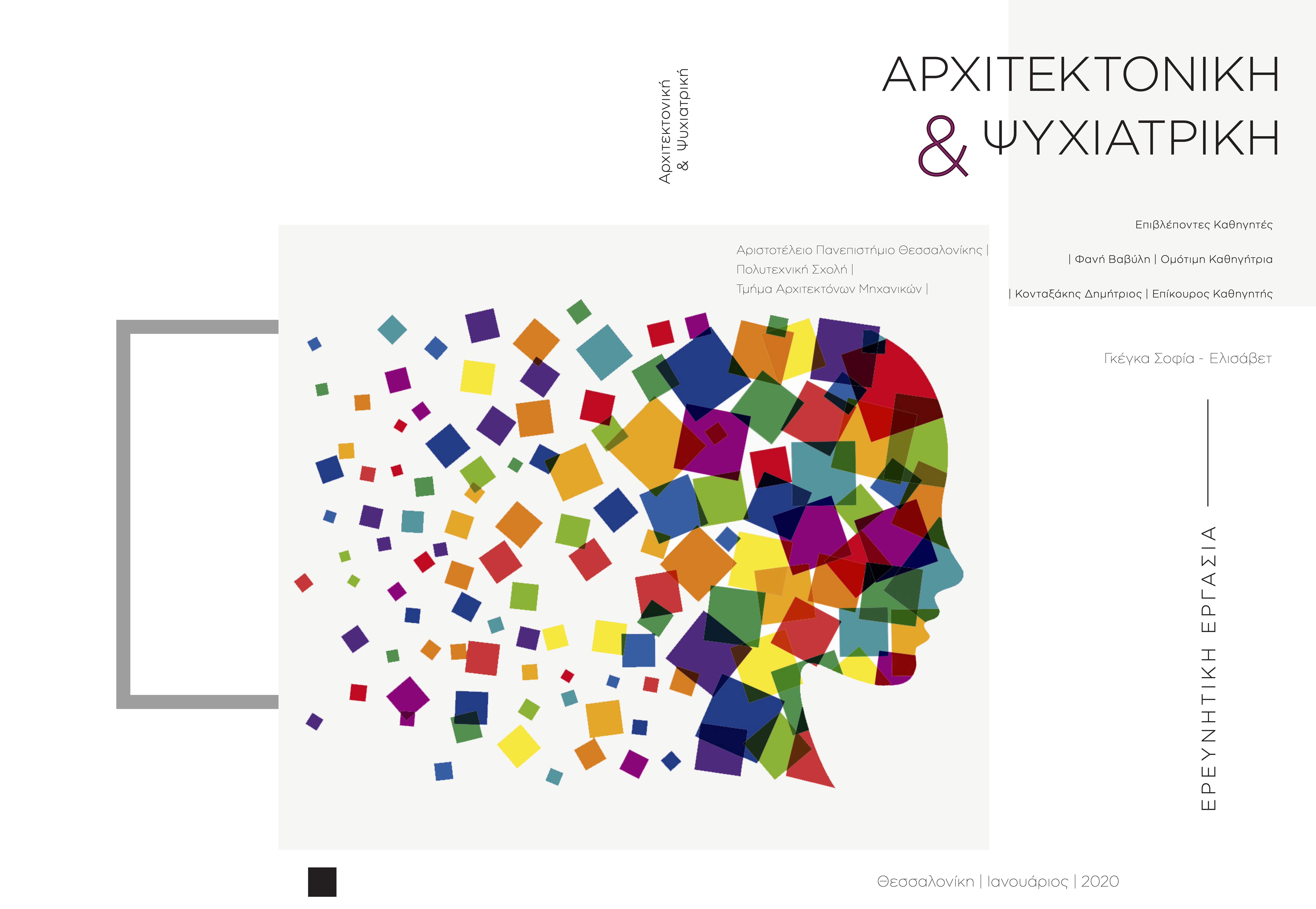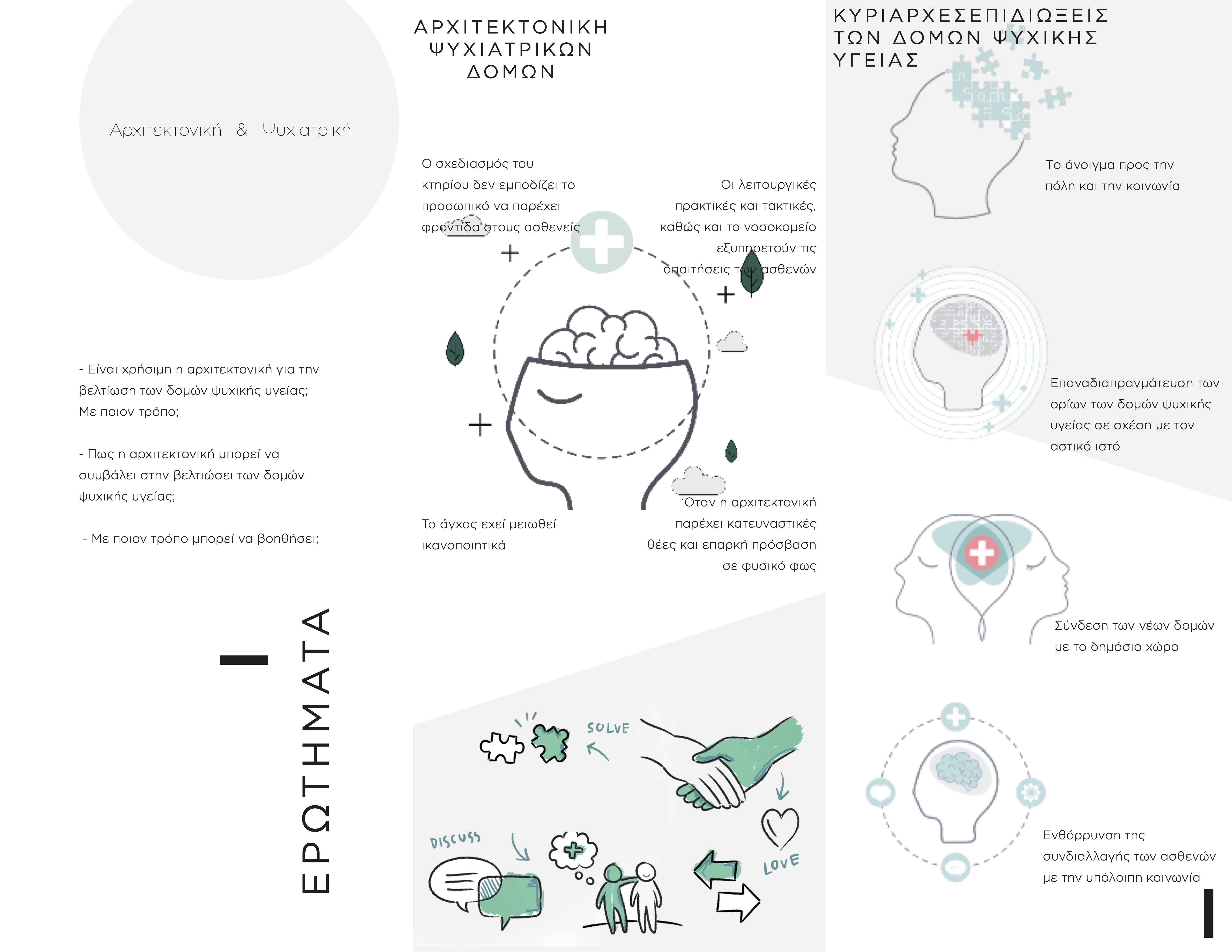Architecture has a key role to play in psychiatry, and that is evident from its very beginning as a medical specialty. Asylums have contributed in the developments of psychiatric practice. They were the first institutions created for the specific purpose of housing people with psychological disorders, but the focus was ostracizing them from society rather than treating their disorders. Often the patients received little to no treatment, and many of the methods used were cruel. However, with the social evolution on a political and financial level, the suitability of the asylums was questioned, resulting in a revolutionary reformation, and asylums were closed, enabling people with mental illness to return home and receive treatment in their own communities.
Imprisonment, discipline and punishment are concepts closely linked to madness, dating back to ancient times. At the beginning of the 18th century, a new specialty, that of psychiatry, undertook the treatment of madness, which was renamed as ‘mental illness’ instead. For years, mentally ill people were trapped in asylums and became objects of study, isolated from society because they were considered to be a danger to it. In addition, they were punished for their own mental state in many ways of repression. In the mid-twentieth century, the first movements to challenge the old practices of psychiatry were born. These were the movements of anti psychiatry and democratic psychiatry, which attacked the compulsory, biological and institutional psychiatry at that time and developed services within the community, which were based on voluntary psychological approaches. These movements were the steppingstone for an effort to change psychiatry as a whole. Since the 1960s, psychiatry has been in a constant phase of transition. In Greece, the reason for the psychiatric reform was the ‘Leros scandal’ in the 1980s, which sparked a debate over the creation of alternative structures within the community. The aim of this project is to investigate the evolution of the psychiatric science in relation to the architectural infrastructure, taking into account the political and social context of each century. In other words, it will focus on the relationship between the science of psychiatry and architecture. How the two contributed in the development of each other as they are undeniably interlinked.



